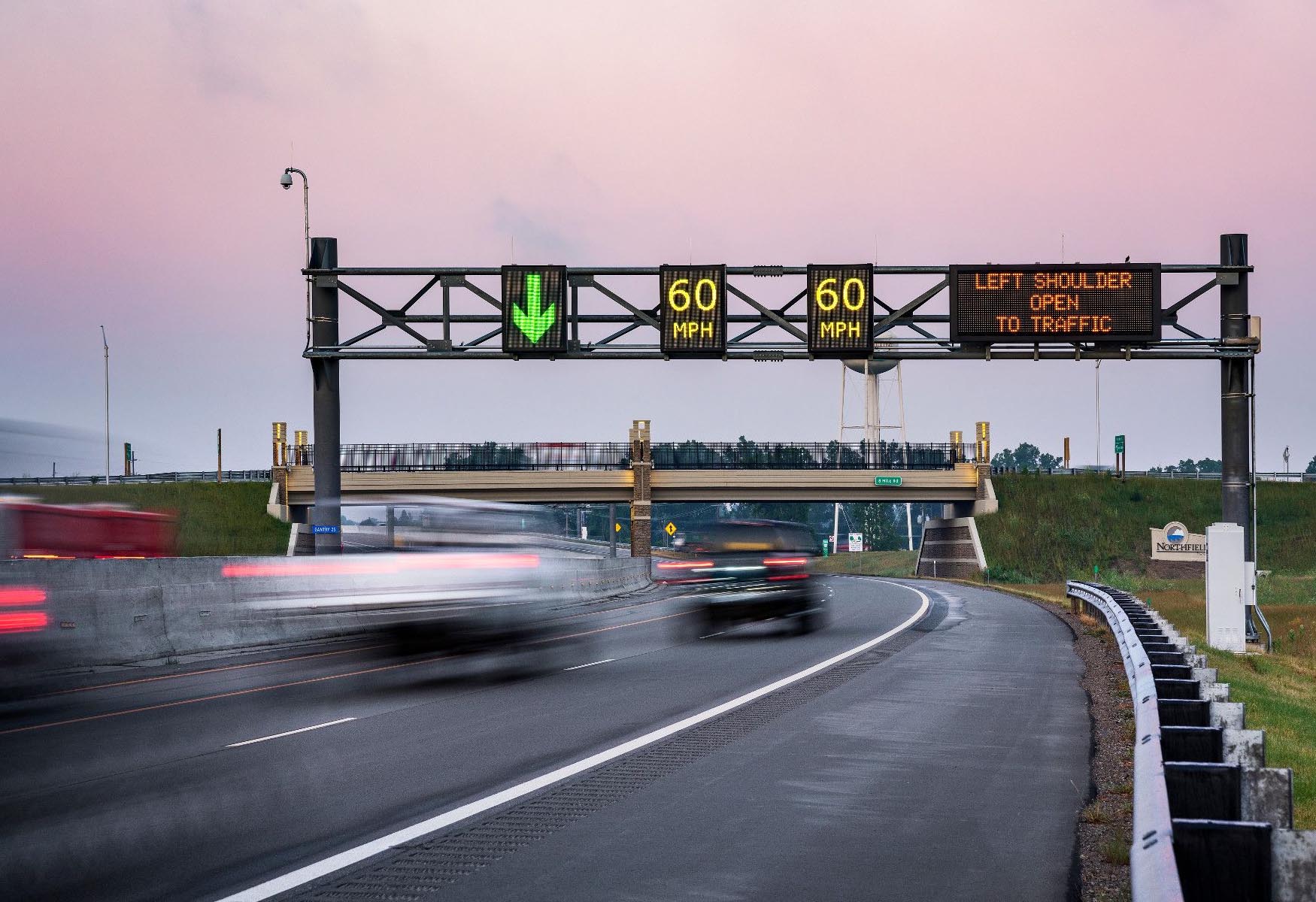
Sterling Heights, Michigan, is a vibrant city with a rich tapestry of transportation and infrastructure. Situated in the heart of Macomb County, this bustling metropolis boasts a myriad of fascinating facts about its transportation systems and infrastructure. From its well-maintained roadways to its efficient public transportation network, Sterling Heights is a hub of connectivity and accessibility. In this article, we'll delve into 15 intriguing facts about transportation and infrastructure in Sterling Heights, shedding light on the city's commitment to sustainable development and seamless mobility. So, fasten your seatbelts as we embark on a journey to explore the fascinating world of transportation and infrastructure in Sterling Heights, Michigan.
Key Takeaways:
- Sterling Heights, Michigan, with its diverse economy and population of over 130,000, prioritizes sustainable transportation and infrastructure to support its residents and businesses.
- The city’s robust road network, public transportation system, and commitment to safety and development make Sterling Heights a well-connected and thriving community within the Detroit metropolitan area.
Sterling Heights, Michigan is the fourth largest city in Michigan.
Sterling Heights, Michigan, is the fourth largest city in the state. The city’s size and population have led to a robust transportation and infrastructure system to support its residents and businesses.
Sterling Heights is home to over 130,000 residents.
With a population of over 130,000 people, Sterling Heights requires a well-developed transportation and infrastructure network to facilitate the movement and daily activities of its residents.
The city is located in Macomb County, Michigan.
Sterling Heights is situated in Macomb County, Michigan, and is a significant part of the county’s transportation and infrastructure landscape.
Sterling Heights is known for its diverse economy.
The city’s diverse economy, which includes manufacturing, technology, and healthcare industries, necessitates a reliable transportation and infrastructure system to support the movement of goods and services.
The city has a strong road network.
Sterling Heights boasts a well-maintained road network that allows for efficient commuting and transportation throughout the city and its surrounding areas.
Sterling Heights is served by several major highways.
The city is conveniently connected to major highways, including M-53 and M-59, facilitating regional and interstate travel for residents and businesses.
The city has a robust public transportation system.
Sterling Heights offers a comprehensive public transportation system, including bus services, to meet the commuting needs of its residents and reduce traffic congestion.
The city is committed to sustainable transportation initiatives.
Sterling Heights is dedicated to implementing sustainable transportation solutions, such as bike lanes and pedestrian-friendly pathways, to promote eco-friendly commuting options.
Sterling Heights prioritizes infrastructure maintenance and development.
The city places a strong emphasis on the maintenance and continuous development of its infrastructure to ensure the safety and efficiency of its transportation networks.
The city is home to a network of parks and recreational areas.
Sterling Heights’ parks and recreational areas are interconnected through the city’s transportation and infrastructure systems, providing residents with access to leisure and outdoor activities.
The city’s infrastructure supports its industrial and technological sectors.
Sterling Heights’ infrastructure plays a vital role in sustaining its industrial and technological sectors, facilitating the movement of goods and resources essential for economic growth.
The city is continually investing in transportation improvements.
Sterling Heights consistently invests in transportation improvements to enhance connectivity, alleviate traffic congestion, and support the evolving needs of its growing population.
Sterling Heights is part of the Detroit metropolitan area.
As a key component of the Detroit metropolitan area, Sterling Heights’ transportation and infrastructure systems contribute to the overall connectivity and accessibility of the region.
The city’s infrastructure plays a crucial role in emergency services.
Sterling Heights’ infrastructure, including its roadways and communication networks, is essential in supporting the timely delivery of emergency services to its residents.
Sterling Heights is committed to enhancing transportation safety.
The city actively promotes transportation safety through initiatives such as road maintenance, traffic management, and public awareness campaigns to ensure the well-being of its residents.
Conclusion
Sterling Heights, Michigan, boasts a rich history and a robust transportation and infrastructure system. From its well-maintained roadways and efficient public transportation to its commitment to sustainable practices, the city prioritizes the mobility and safety of its residents. With ongoing developments and initiatives, Sterling Heights continues to enhance its infrastructure to meet the evolving needs of its growing population. The city’s dedication to innovation and progress ensures that it remains a dynamic and accessible community for all.
FAQs
What are the major modes of transportation in Sterling Heights?
The major modes of transportation in Sterling Heights include roadways, public transit, biking lanes, and pedestrian walkways, providing diverse options for residents and visitors.
How is Sterling Heights investing in its infrastructure?
Sterling Heights is investing in its infrastructure through various projects, including road maintenance, public transit enhancements, and sustainable development initiatives to improve overall accessibility and sustainability.
What efforts are being made to improve transportation sustainability in Sterling Heights?
The city is implementing sustainable transportation practices, such as promoting public transit usage, expanding biking infrastructure, and integrating eco-friendly elements into its transportation and infrastructure planning to reduce environmental impact.
Was this page helpful?
Our commitment to delivering trustworthy and engaging content is at the heart of what we do. Each fact on our site is contributed by real users like you, bringing a wealth of diverse insights and information. To ensure the highest standards of accuracy and reliability, our dedicated editors meticulously review each submission. This process guarantees that the facts we share are not only fascinating but also credible. Trust in our commitment to quality and authenticity as you explore and learn with us.
